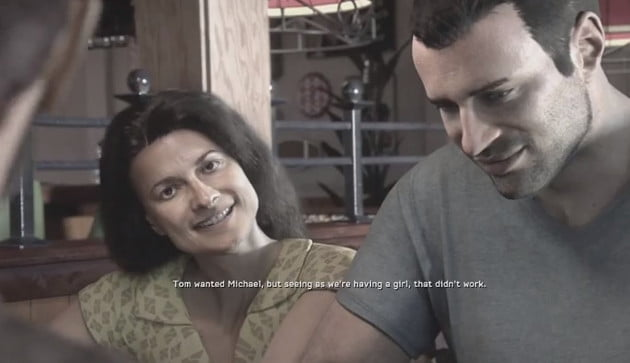Cross-modal plasticity is the way in which the brain adapts when one sensory system is lost or diminished. This adaptation occurs in the form of strengthening other senses. Rosenblum, author of See What I'm Saying: The Extraordinary Powers of Our Five Senses, describes that our somatosensory cortex becomes activated when individuals touch something. Furthermore, it activates our brain's recognition and reaction areas. However for individuals who are blind, research studies have shown that their brains also activate their visual cortex. While this area is meant to process sight, the brain adapts to the loss of vision by using the visual cortex to instead process other senses, such as touch and hearing. The mind's neuroplasticity is then used to continue strengthening the other senses over time, allowing for blind individuals to have a more refined perception,
Rosenblum includes an example of this in his novel, John Bramblitt, a blind painter. After losing his vision due to complications from epilepsy, Bramblitt turned to art as a form of coping. He began learning new methods to guide his tactile senses, since it became increasingly difficult for him to paint without his eyesight. After many hours in front of a canvas, he could recognize different colors through the paint's viscosity and his heightened sensitivity allowed him to paint subjects in more detail than before. His most renowned method is using "puffy paint," a form of paint that thickens three dimensionally once it dries, as a way to create outlines for him to touch where he would paint certain colors. As described previously, the area within his brain that would once process visual input now increases his sensitivity to tactile input.
Similarly, Tobi Ellis, a 17 year old legally blind figure skater, continues to glide across the ice with more precision than they had before. They began skating at just eight years old and quickly became passionate for the ice, despite the fact that they were diagnosed with nystagmus (a condition that causes the eyes to make repetitive, uncontrollable movements.) They excelled on the ice, however, once the COVID-19 pandemic hit and they had to move countries, Ellis lost contact with the sport for nearly three years. Within this time, their vision had worsened further and they was diagnosed with ocular neuropathy. Ellis thought they would never skate again, and their loss of vision set them back even further than before. Though, they did not give up. They got back on the ice and slowly used their tactile and auditory senses to navigate routines. Using kinesthetic awareness and auditory feedback, Ellis did not lose their skills like they thought. These examples illustrate how cross-modal plasticity enables individuals to not only maintain their passions after sensory loss but sometimes even excel beyond what they could do before.
I used to figure skate for nearly seven years and I have painted my entire life. The stories of Bramblitt and Ellis moved me deeply. Honestly, I could not even imagine what it would be like to lose the ability to see the colors I mix on a canvas, or to trace a perfect curve on the ice. These hobbies that I dedicated so much of my time to have felt out of reach for a while. I have been busy with work and school, leaving my skates and brushes to collect dust. But reading about Bramblitt and Ellis has reminded me that passion and determination cannot be limited by physical circumstances. In fact, they evolve as we do. Their resilience inspires me to pull my canvases and skates out of my attic, and rediscover what I once loved so dearly. I will use every one of my senses as much as I can, because it is something I am blessed to still have.
Tobi Ellis, a 17 year old legally blind figure skater.
Sources:
Rosenblum, L. D. (2011). See what I’m saying: The extraordinary powers of our five senses. W.W. Norton.








